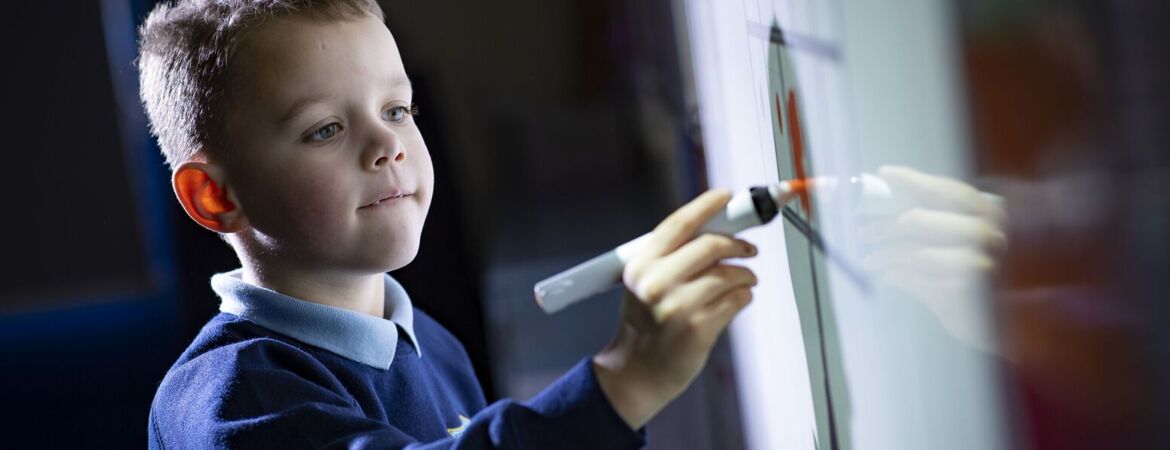- Home
- Curriculum
- Subject Information
- History
History

Curriculum INTENT
1) Our History curriculum is ambitious and designed to give all pupils, particularly disadvantaged pupils and including pupils with SEND, the knowledge and cultural capital they need to succeed in life.
2) It is coherently planned and sequenced towards cumulatively sufficient knowledge and skills for future learning and employment.
3) The curriculum is successfully developed to be ambitious and meet the needs of pupils with SEND, developing their knowledge, skills and abilities to apply what they know and can do with increasing fluency and independence.
The History curriculum will help pupils gain a deeper knowledge and understanding of Britain’s past and that of the wider world.
Aims
The school will equip children to:
- ask perceptive questions
- think critically
- ponder evidence
- develop perspective and judgement
- provide children with an opportunity to inspire their curiosity to know more about the past.
The new History curriculum helps pupils gain a coherent knowledge and understanding of Britain’s past and that of the wider world. It inspires pupils’ curiosity to know more about the past.
The teaching of History helps pupils to understand the complexity of people’s lives, the process of change, the diversity of societies and relationships between different groups, as well as their own identity and the challenges of their time.
This provides us with opportunities to include a variety of experiences such as trips and visitors into school, so that the children become engaged and immersed in their learning.
In Reception we learn about dinosaurs from long ago, how they used to live and what they looked like. The children will learn about the difference between the past and now and talk about the past and present in their own lives and in the lives of family members.
In Key Stage 1 we cover a range of famous people and the events in their lives to help pupils understand and recount episodes and stories from the past. We look at chronological order placing events in time order using objects, common words and phrases relating to the passing of time. Pupils recognise and group items of information to communicate their awareness of the past in order to begin to identify some of the different ways in which the past is represented. They use a range of historical sources to answer questions.
In Key Stage 2 we describe some of the main events, people and changes, giving some reasons for, and results of, the main events and changes through the topics such as Stone age to Iron age, Egyptians, Vikings and many more. Pupils show a developing sense of chronology by a realisation that the past can be divided into different periods of time, recognition of some of the similarities and differences between these periods, and the use of dates and terms. Pupils gain factual knowledge and an understanding of aspects of the history of Britain and the wider world and use this to describe characteristic features of the past societies and periods by beginning to select and combine information from different sources.
Please see our skills progression document to see how your child will develop their understanding and skills throughout their time at St Thomas More.
Sample-Year-3-Knowledge-Organiser.pdf
Sample-Year-2-Knowledge-Organiser.pdf
Humanities-Long-Term-Curriculum-Map-25-26.pdf